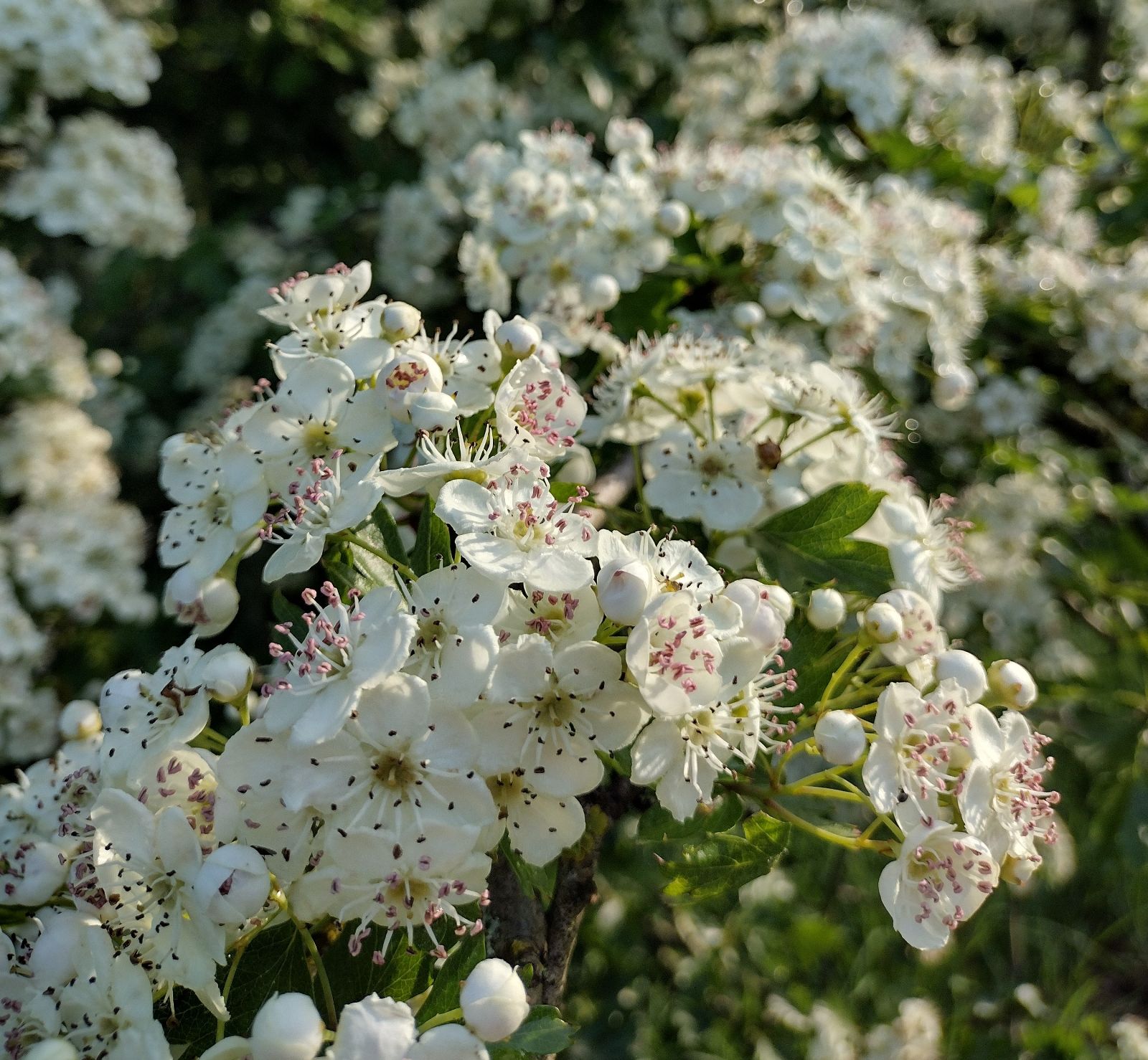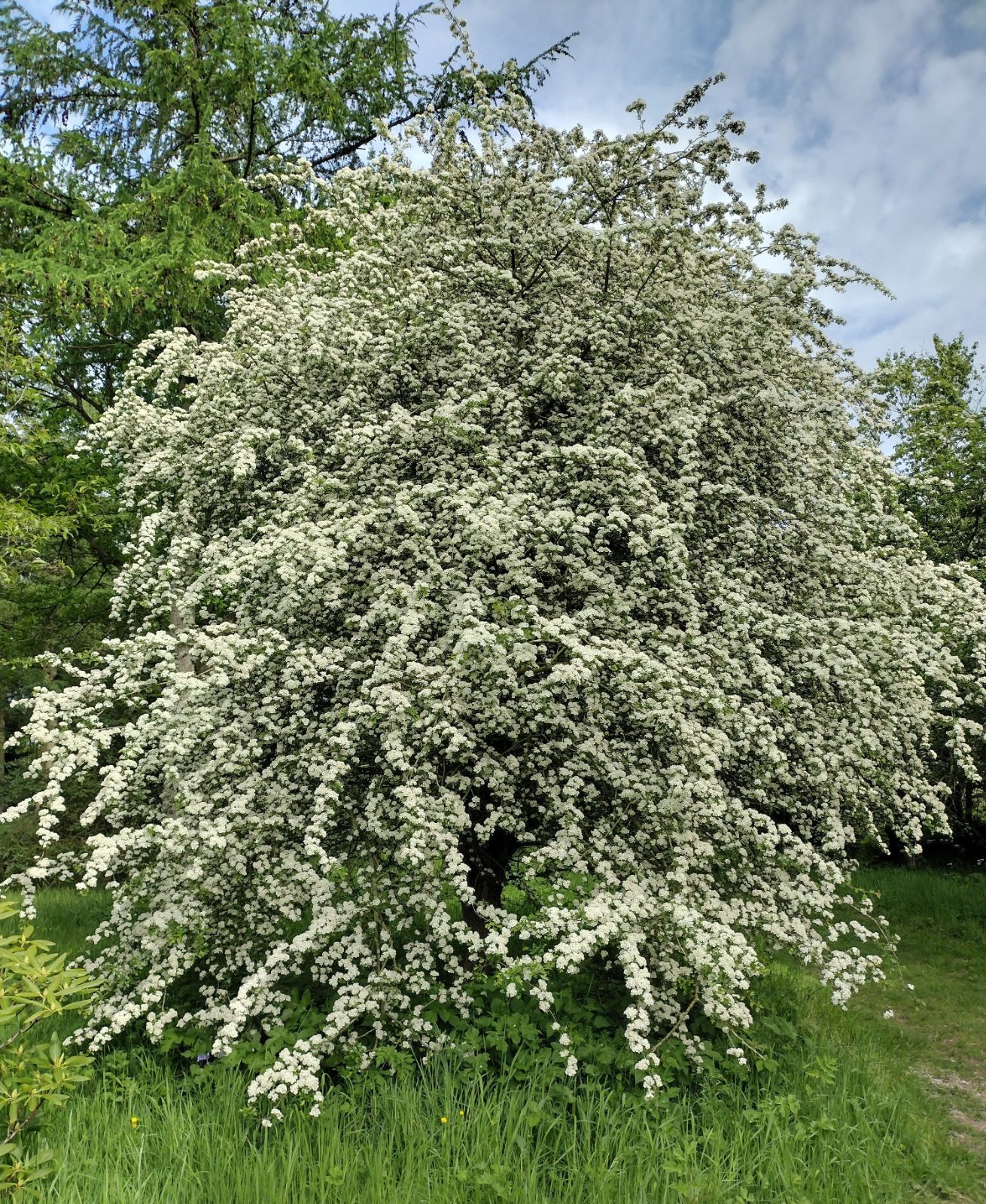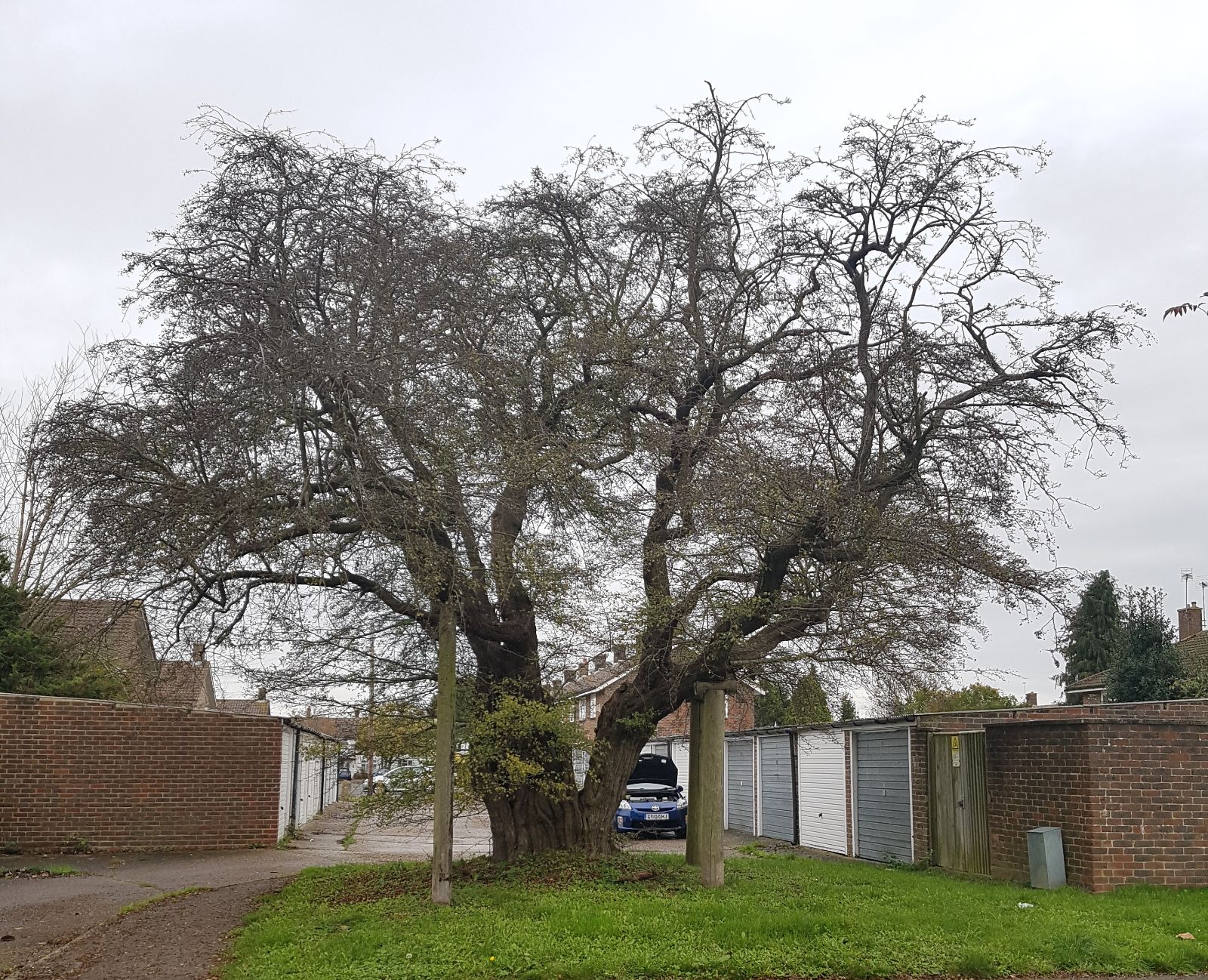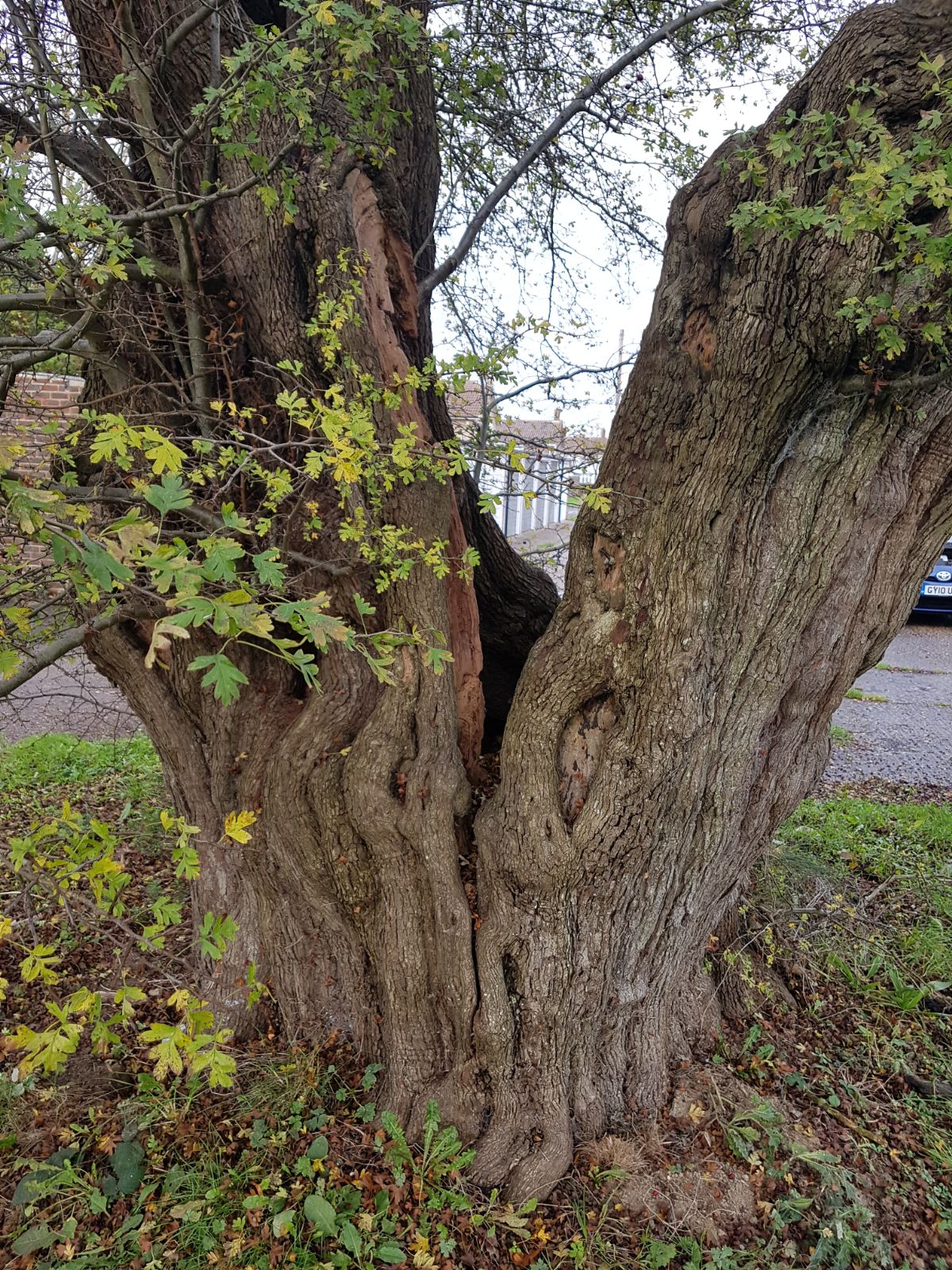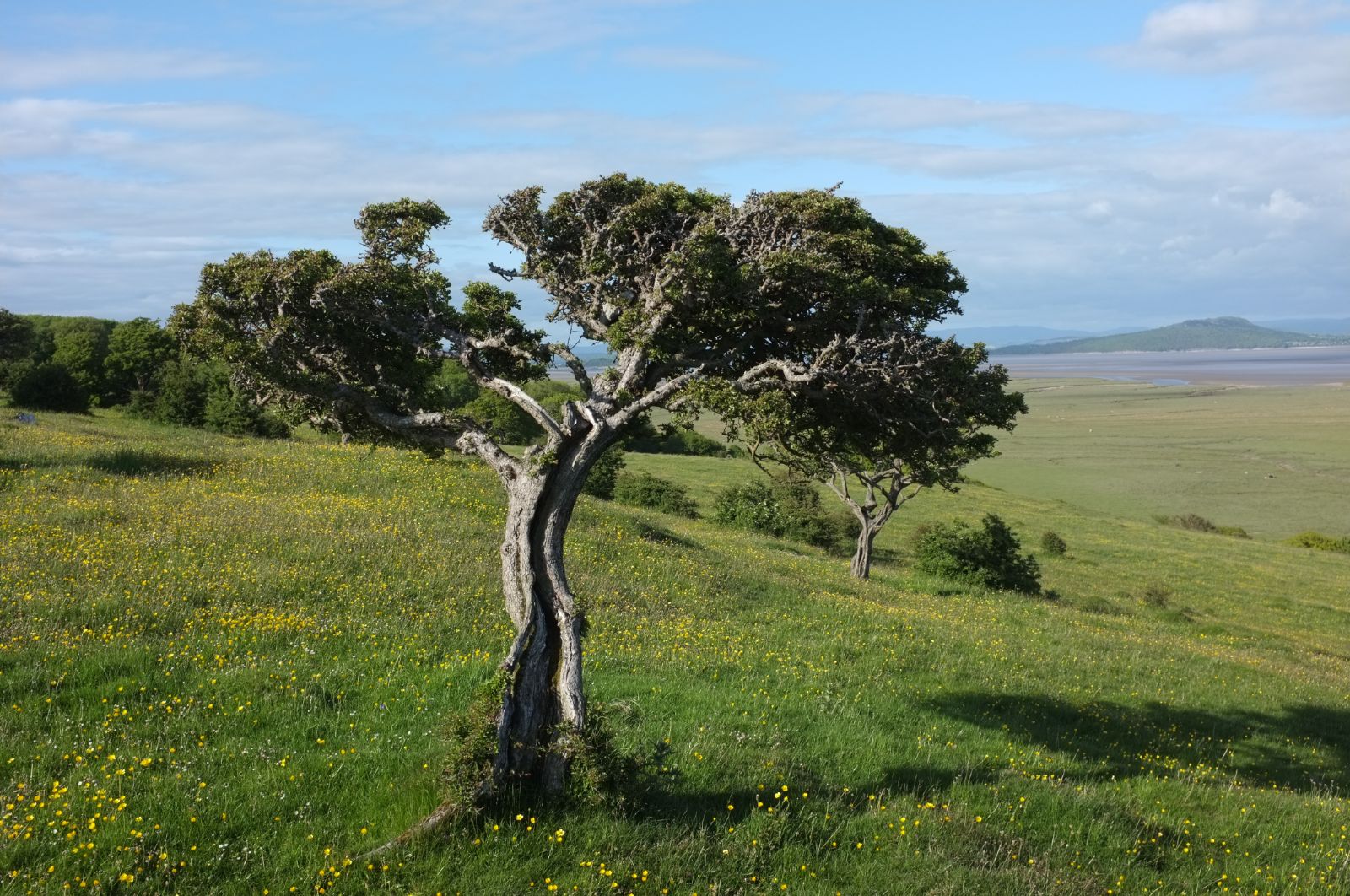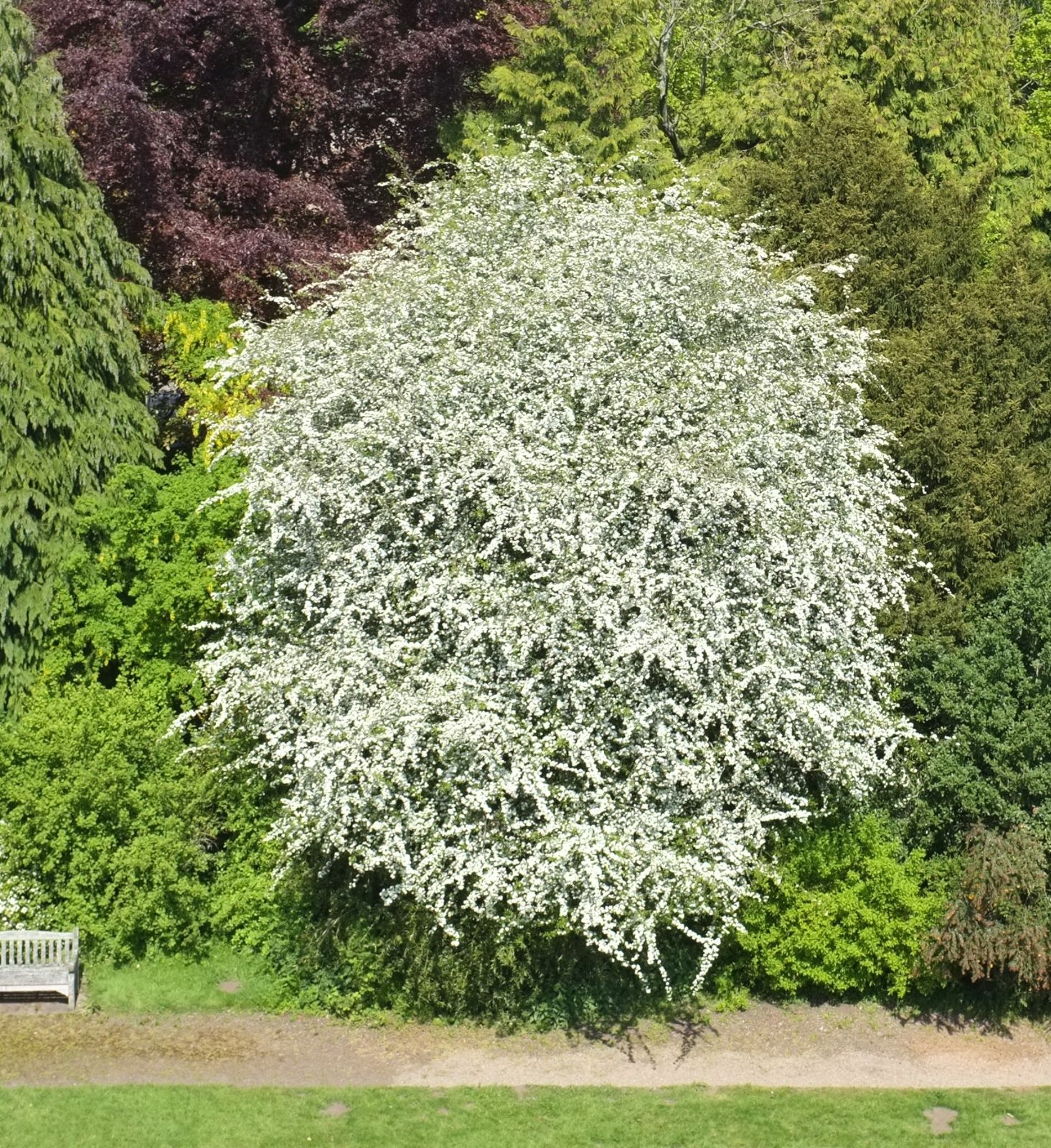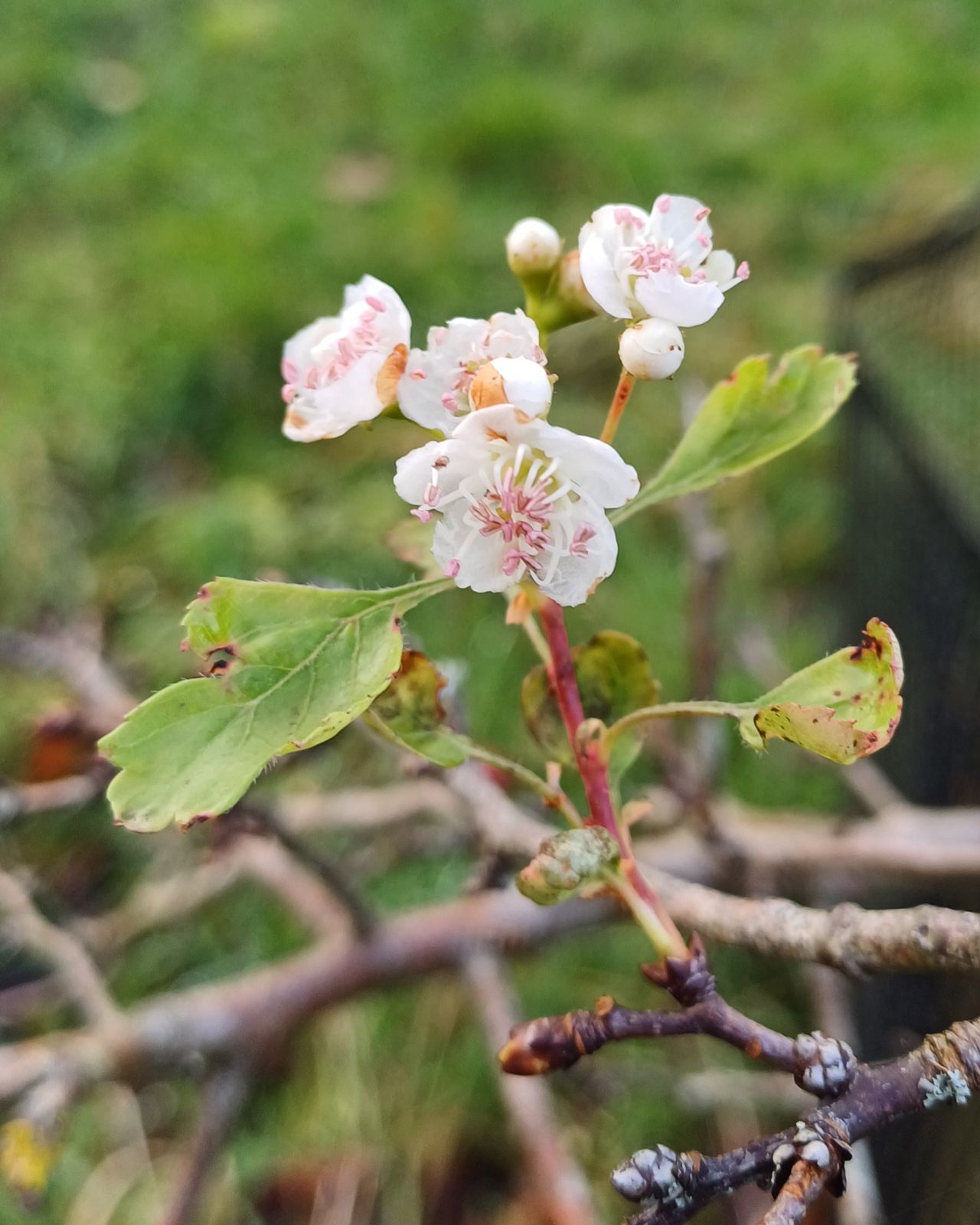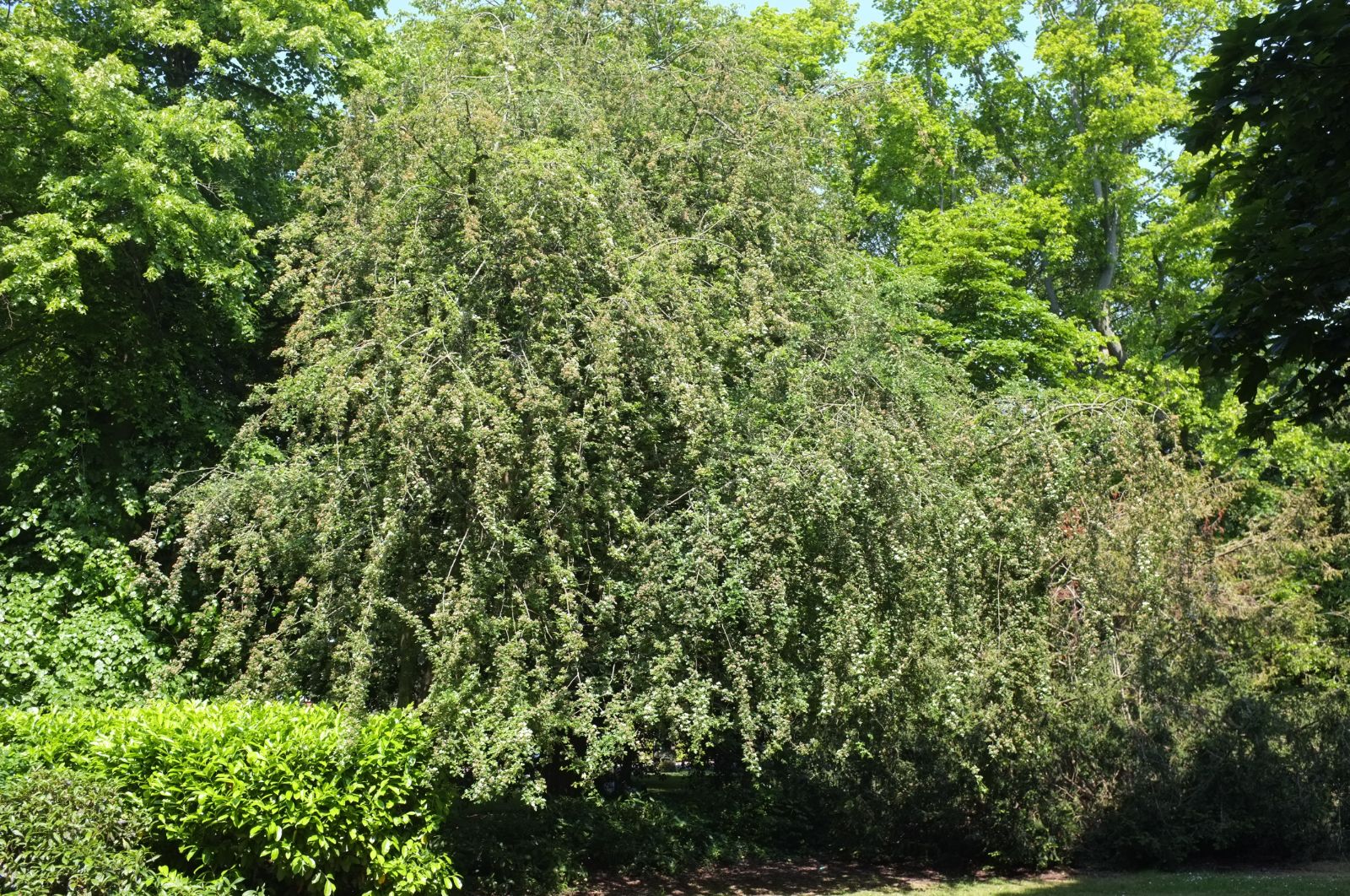Crataegus monogyna
Sponsor
Kindly sponsored by
This genus has been sponsored and new text is being prepared.
Credits
Article from Bean's Trees and Shrubs Hardy in the British Isles
Recommended citation
'Crataegus monogyna' from the website Trees and Shrubs Online (treesandshrubsonline.
Genus
Common Names
- Common Hawthorn
Infraspecifics
Other taxa in genus
- Crataegus ambigua
- Crataegus apiifolia
- Crataegus aprica
- Crataegus azarolus
- Crataegus baroussana
- Crataegus brachyacantha
- Crataegus chlorosarca
- Crataegus chrysocarpa
- Crataegus chungtienensis
- Crataegus coccinioides
- Crataegus crus-galli
- Crataegus cuneata
- Crataegus × dippeliana
- Crataegus douglasii
- Crataegus dsungarica
- Crataegus durobrivensis
- Crataegus flabellata
- Crataegus flava
- Crataegus henryi
- Crataegus heterophylla
- Crataegus intricata
- Crataegus jozana
- Crataegus laevigata
- Crataegus × lavallei
- Crataegus macracantha
- Crataegus marshallii
- Crataegus mexicana
- Crataegus meyeri
- Crataegus mollis
- Crataegus nigra
- Crataegus oliveriana
- Crataegus orientalis
- Crataegus oxyacantha
- Crataegus pedicellata
- Crataegus pentagyna
- Crataegus phaenopyrum
- Crataegus pinnatifida
- Crataegus pruinosa
- Crataegus prunifolia
- Crataegus pseudoheterophylla
- Crataegus punctata
- Crataegus sanguinea
- Crataegus spathulata
- Crataegus stipulacea
- Crataegus succulenta
- Crataegus tanacetifolia
- Crataegus tomentosa
- Crataegus uniflora
- Crataegus viridis
- Crataegus wattiana
- Crataegus wilsonii
The common hawthorn, as popularly known, consists of two very distinct forms now usually regarded as a separate species, viz., C. monogyna and C. oxyacantha (q.v.). C. monogyna is the commoner one, and is distinguished from the other by being, as a rule, a larger tree (up to 35 ft); its leaves are larger and more deeply three- to seven-lobed; its flowers have but one style, and its fruits but one stone. The fruit also is rounder and less elongated. It is, within its own limits, a very variable tree, and numerous named varieties are in cultivation. Many of these have little interest or value; the best and most distinct are noted below. Although the typical forms of oxyacantha and monogyna are absolutely distinct, they are united by others of an intermediate character, having flowers with one or more styles, and fruits with one or more stones. Some of the cultivars may belong to these intermediates, but to avoid complicating the nomenclature it seems best to retain them in the species they most resemble or under which they have customarily been placed. Those who regard the two as forms of a single species have much to support their view.
Crataegus monogyna, being more formidably armed than C. oxyacantha, is the one in common use for making hedges. On the whole, it may safely be said that no other tree or shrub is, in our climate, so good for the purpose. Easily raised, transplanting well when small, and bearing any amount of clipping, it fills a unique place in the English landscape in constituting tens of thousands of miles of hedgerow. Besides its efficacy as a hedge, due to its thorny nature and dense growth, it has in its rich, polished, green foliage much beauty as well, although well-kept hedges do not flower much, owing to the flowering wood being cut away in autumn.
The naturally grown hawthorn has a singular beauty of habit. It forms a comparatively slender trunk (1 to 2 ft in diameter, however, in old specimens), supporting a rounded head of dense branches gracefully pendulous at the ends. When in blossom no object of our waysides has greater beauty, and its charm is heightened by one of the sweetest of open-air perfumes. The flowers of the hawthorn open from the middle of May until early June. In accounting for its associations with the games and festivals of early May-time, we must remember that these grew up under the Old Style calendar, when 1st May occupied the same place in relation to the equinox that 13th May does at the present time. The hawthorn is very rarely in bloom on our present first of May.
From the Supplement (Vol. V)
The geographical distribution of this species was not given. It occurs over much of Europe and extends into the Near East. In the south-eastern part of its range it becomes variable, in part probably as a result of hybridisation with C. azarolus.
'Biflora'
Common Names
Glastonbury Thorn
This remarkable variety, besides bearing a crop of blossom at the ordinary season, flowers and produces young foliage in winter. The popular belief that it breaks into flower about Christmas Day has frequent support in fact, although much depends on the season. In the south and west of England, if November and December be mild, it will have some flowers open on Old Christmas Day (7th January). If those months are cold and the winter severe and long, the flowers may not expand until March or April. On the other hand, I have gathered flowers in November. The legend of the Glastonbury Thorn is, briefly, as follows:Joseph of Arimathea, after the crucifixion of Christ, came to England to found Christianity. He went to Glastonbury, where, his exhortations having but little influence on the inhabitants, he prayed that a miracle might be performed in order that they might be convinced of the divine nature of his mission. God granted his prayer, for his staff, on being thrust into the ground, immediately burst into leaf and flower, although it was then Christmas Day. The wonder was thereafter repeated on every anniversary of that day.An old tree grew in the vicinity of Glastonbury Abbey until about the beginning of the nineteenth century, to which popular belief attached this legend. The variety is worth growing, not only for the sake of the old legend, but because of its interest in flowering in midwinter. The flowers are not borne so abundantly as in May, but they have the true hawthorn fragrance, and this brings vividly to one’s mind (as odours do), the most glorious season of the year. (C. oxyacantha var. biflora West.; C. 0. var. praecox Loud.)
cv'Reginae'
A name given to the descendants of a tree which once grew in a garden near Edinburgh that belonged to the Regent Murray. Mary, Queen of Scots, was said to have spent many hours beneath it. It is, apparently, ordinary C. monogyna.f. laciniata (Loud.) Dipp.
Synonyms
C. oxyacantha var. laciniata Loud
f. pendula (Loud.) Rehd.
Synonyms
C. oxyacantha var. pendula Loud
Branches pendulous. Such forms have arisen in seed-beds and have also been obtained by the grafting of wood taken from witches’ brooms. The cultivar name would belong to a pendulous form distributed by Loddiges’ nurseries around 1835.
f. stricta (Loud.) Zab.
Synonyms
C. oxyacantha var. stricta Loud

